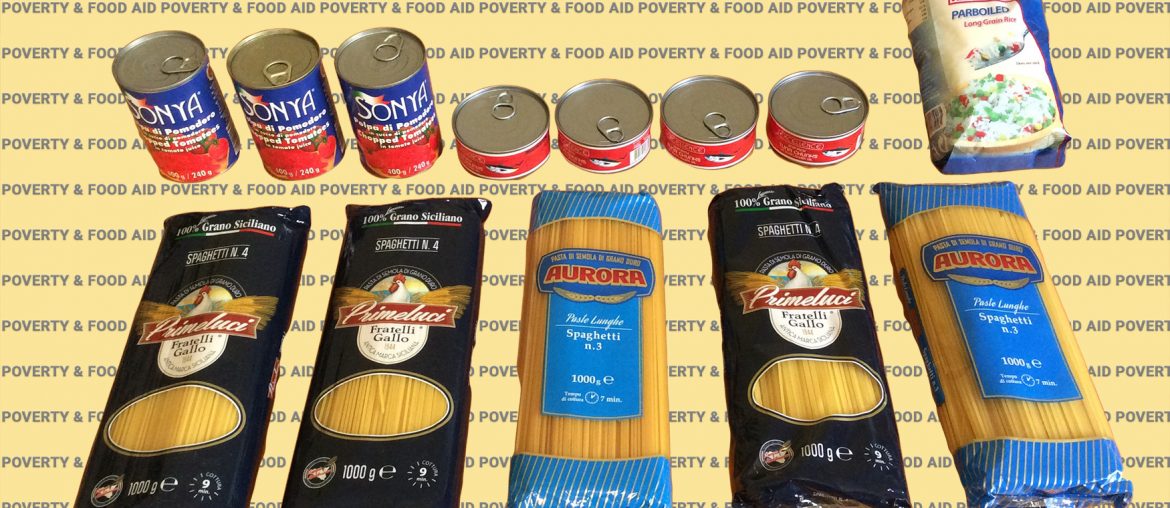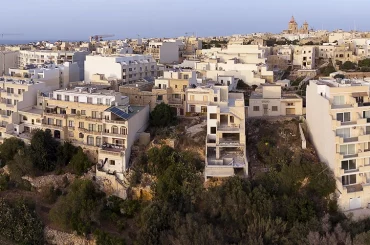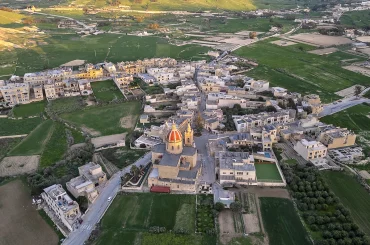If you are poor in Malta you get to eat much spaghetti. Almost a kilo a month to be exact – that’s almost ten large servings of spaghetti – and poor you, you get stuck on spaghetti? What about fusilli, penne, farfalle, and other fancy types of pasta?
I am talking about spaghetti because it is what is given in food aid for the poor. The poor in Malta get two carton boxes of EU-funded food yearly, with the latest carton distributed last month.
Mine had five or six 1kg packets of spaghetti, four 160-gram cans of tuna (skipjack tuna in sunflower oil), three 400-gram cans of pulped tomatoes, and a 908-gram packet of Thai parboiled long grain rice (I lived for 5 years in Thailand and never came across long grain rice).
I get these carton boxes because I am among the 1 in 5 of the Maltese population categorized as poor. I get Packet 2 poor according to food aid classification, which is two times smaller than Packet 1 – I presume Packet 1 is given to people poorer than me still. The EU gives Malta €3.9 million every year for such food aid.
Previous boxes used to have less spaghetti and, instead, 2 1-litre cartons of longlife milk and a can of chickpeas.
So this time round we got more spaghetti, and I gave away most of it. My income may be pitifully low, but that doesn’t mean I cannot eat healthily – and pasta does not exactly contribute to nutritiousness and respectable girth.
Eat well on low income? Think pulses (lentils mostly) and beans for bulk and protein, vegetables for fibre, and then rice or brown bread. Vegetables in season can be affordable: cauliflower and cabbage in winter; pumpkin in autumn; leeks at some times of the year; tomatoes and aubergines in summer; carrots and onions all year round.
Consider these ingredients for example: a kilo of carrots, a few potatoes, a large onion, some grated cheese, and vegetable stock. That makes a hearty carrot soup for two, and it would only cost around €1.50.
Fish? There is mackerel and other pelagic fish like pollock and cod.
Meat? It’s bad for you and bad for the earth – ditch it.
I have an idea. What if the government had to use the food aid budget, topped up with national funds, to promote healthy eating on a budget? It could stuff the box with foods such as pulses and beans – all dried, not canned – and plant-based milks, oats, rice, and then put a leaflet about healthy eating on a budget and some recipes that can be made from ingredients put in the box.
That would achieve two things: provide food aid for the poor, and stimulate healthy eating – good for health and earth – among those on low income.
All it takes is some imagination and some more money. The extra money can be saved from the national health cost given the soaring cost of obesity in Malta.





